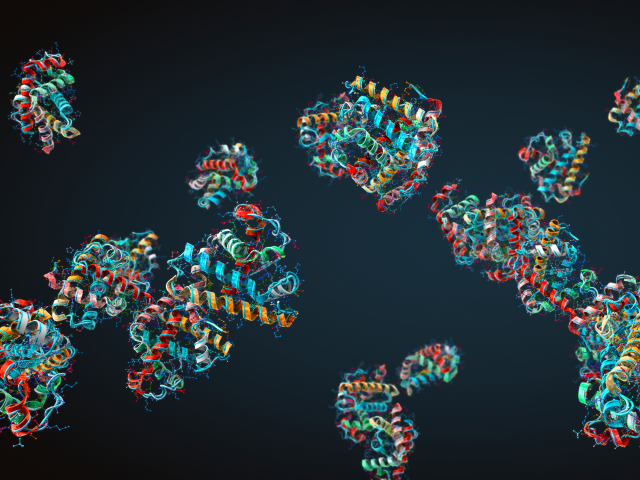Why It's Important: Proteins are nature’s workhorses, powering therapeutics, diagnostics, clean-energy biocatalysis, and sustainable manufacturing. Yet the specific proteins we need rarely exist in nature, and discovering them by trial-and-error is slow and expensive. Designing proteins de novo is therefore a grand challenge with broad societal impact: better antibodies and vaccines, enzymes that recycle plastics or capture carbon, and safer, more effective biologics. Recent advances in generative AI point to a new path forward. By learning from vast sequence and structure datasets, GenAI can help navigate the astronomically large “sequence space” and suggest plausible, diverse candidates that align with functional goals. Still, a central barrier remains: controllability—how to steer design toward specific functions (e.g., binding a target, catalyzing a reaction) rather than merely producing proteins that “look natural.” Our project tackles this problem by making protein design programmable and function-first, accelerating discovery while reducing experimental iteration.

Our Approach: We are building a programmable, multi-modal GenAI framework for protein design that starts from function, not just evolutionary plausibility. Researchers specify high-level design intent (e.g., bind a target, meet stability bounds), and the system steers generation accordingly while co-designing plausible 3D structures or sequences. The pipeline is modular and emphasizes diverse candidates within practical guardrails. The outcome is a fast, adaptable workflow that moves teams from broad exploration to targeted, testable designs with fewer wet-lab cycles.
